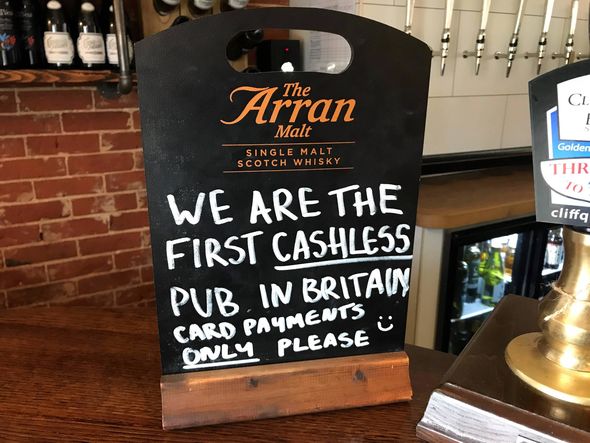“Cash or card?”
This is a question many employees in the retail and food-service industries no longer have to ask at the register. In fact, the question is now becoming the following: “Credit or virtual wallet?”
Think about your own life. How much cash do you have in your wallet on a regular basis, and how often do you ever need it? You might think going cashless wouldn’t affect you much, but there are many benefits and disadvantages that don’t often come to our attention.
Cash payments are on the decline — there’s no doubt about that. But what does the future of a cashless society look like? It all depends on your socioeconomic standing.
Business Owners
When customers know they’re not limited to the cash in their pocket, they make more impulse purchases. Whilst customer satisfaction is a great reason to upgrade to card payments, your business can also benefit!
In the past five years, the number of monthly contactless transactions in the UK has rocketed from 14 million in February 2014 to 644 million in February 2019.
With the UK’s free-to-use ATMs rapidly disappearing and our use of debit cards now outstripping our use of cash, some argue that as a nation we are ready to go cashless. We are not the first nation to reach this point. In Sweden, four out of five purchases are made electronically and the country’s central bank, the Riksbanken, estimates that cash in circulation will decline by 20–50% between 2012 and 2020.
It’s no lie that card payments, even chip and pin, are much quicker than counting cash and sorting change. This means shorter queues, using your time more productively and ultimately making your customers happier.
In the pros column, you have no need for a cash management system, which saves both time and money and can lower the barrier to entry in starting a new business. Handling, storing and depositing money all comes at a cost.
Customers
UK Finance said 10% of consumers – equating to 5.4 million people across the country – made one or no cash payments per month in 2018.
Paying with card is incredibly convenient for those who online shop, travel internationally, make large purchases and use apps for order food delivery and ride sharing.
The adoption of technology accepting contactless payments on public transport, and an increase in the single payment limit on contactless cards to £30 in 2015, has helped to fuel the popularity of this payment method.
More than one in five (21%) payments made by consumers in 2018 were made with contactless cards in 2018, up from 16% in 2017.
Crime
On one hand, we may see a lower rate in store robbery given there is no tangible money, and a decrease in money laundering since digital transactions are more traceable than cash. In November 2016, the Indian government banned 500 and 1,000 rupee notes in an effort to penalize criminals and those working in the informal economy.
If you’re accepting card payments, you’re most likely not taking as much cash, which means there will be less cash on your premises. This means thefts and accepting fraudulent notes will be much less likely. Using our payment gateway is also another secure method if you sell products or services on your website.
Cash isn’t dead, but it certainly is no longer king. Regardless of how cash affects you now, all signs point to a cashless future.
Get a free, no-obligation quote here and start offering contactless payments to your customers!
